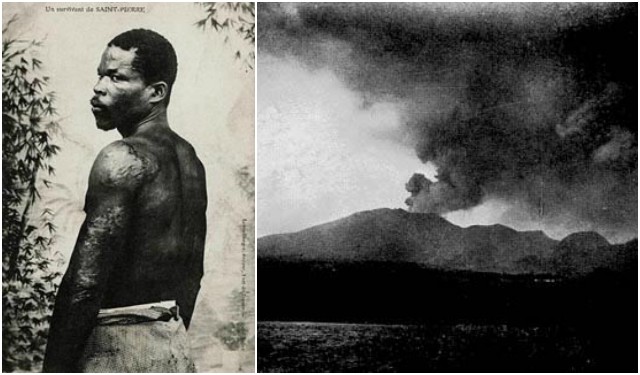Mount Pelee is a highly active stratovolcano, located at the northern end of Martinique, an island and French overseas département in the Caribbean.
With a population of 30,000, St. Pierre was the largest city on the island of Martinique at the beginning of the 20th century. The town of St. Pierre was known as the “Paris of the Caribbean” and it was a glamorous and bustling place.
The Mount Pelee volcano just north of St. Pierre had been showing signs of erupting for over a week at the beginning of May 1902. No one expected what was about to happen since modern volcanology did not yet exist.
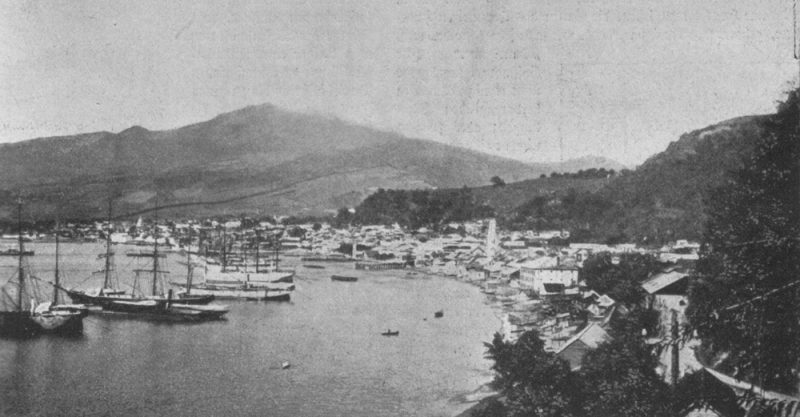
Mount Pelee sat just seven kilometers from St. Pierre and when it roared to life again in 1902, the mountain produced one of the deadliest eruptions in recorded history.
It was May 8, 1902 when Mount Pelee unleashed an eruption that killed approximately 30,000 people, the highest death toll of any volcanic eruption in the twentieth century.
Everything in an eight-mile radius of Mount Pelle was destroyed when a cloud of superheated volcanic gas and dust rolled out of the volcano at hundreds of miles per hour. It took only a minute before the 1,075-degree pressure wave had flattened every building in the city of St. Pierre.
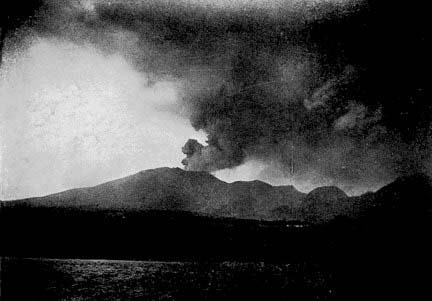
One of the most horrifying things that happened before the eruption was the plague of insects and snakes that slithered down from the mountain, disturbed by its paroxysms. Gigantic centipedes and deadly 2-meter long pit vipers were among the invaders that killed around 200 animals, and 50 people before the volcano even erupted.
The explosion leveled the town, hurling massive stone statues several meters from their perches. Even four days after the eruption St. Pierre was still burning. Only a few walls that were oriented parallel to the blast were spared.
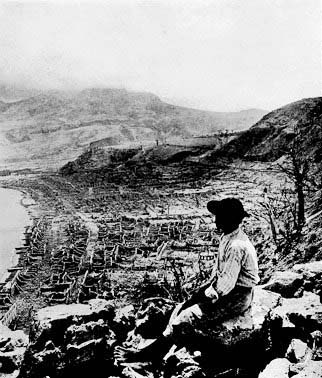
Mount Pelee blew its top exactly at 8am and just three minutes after that St. Pierre lay in ruins with its 30,000 inhabitants suffocated and burnt. People’s lungs were incinerated from the inside when they took even a single breath. Four days after the eruption a rescue team came to St. Pierre but there was nothing to be rescued. Well, almost nothing…
A flash heat of over 1,000 degrees permeated the prison cell of a man named Ludger Sylbaris. He was horribly burned as the air in his room had flash heated to over 1,000 degrees but somehow he managed to survive and the rescue team heard his cries.
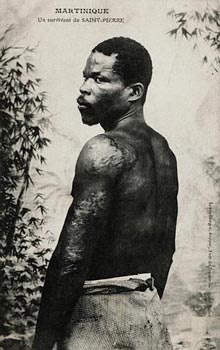
He tried to protect himself, urinating on his clothes and shoving the wet fabric into a small slit in the door to keep the heat from entering his cell. He did suffer burns all over his body, but he managed to save his lungs burning from the inside out because he likely kept the wet clothes over his face.
After surviving the worst volcanic disaster of the 20th century he was pardoned for his crimes and he became something of a celebrity. He was known as “the man who lived through Doomsday” and “the Most Marvelous Man in the World.”
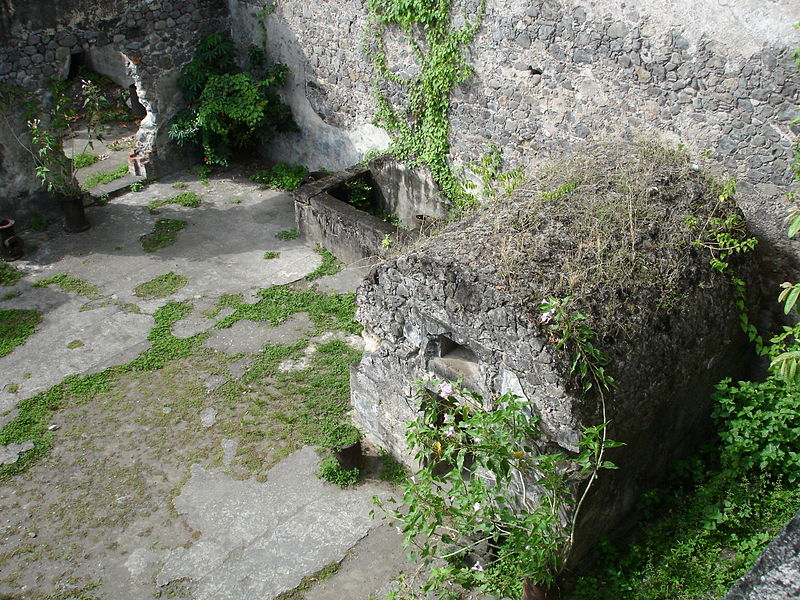
He was welcomed into the Barnum and Bailey circus because of his worldwide notoriety at having survived in the face of such incredible odds. Ludger Sylbaris died of natural causes in 1929 at the age of 54.
